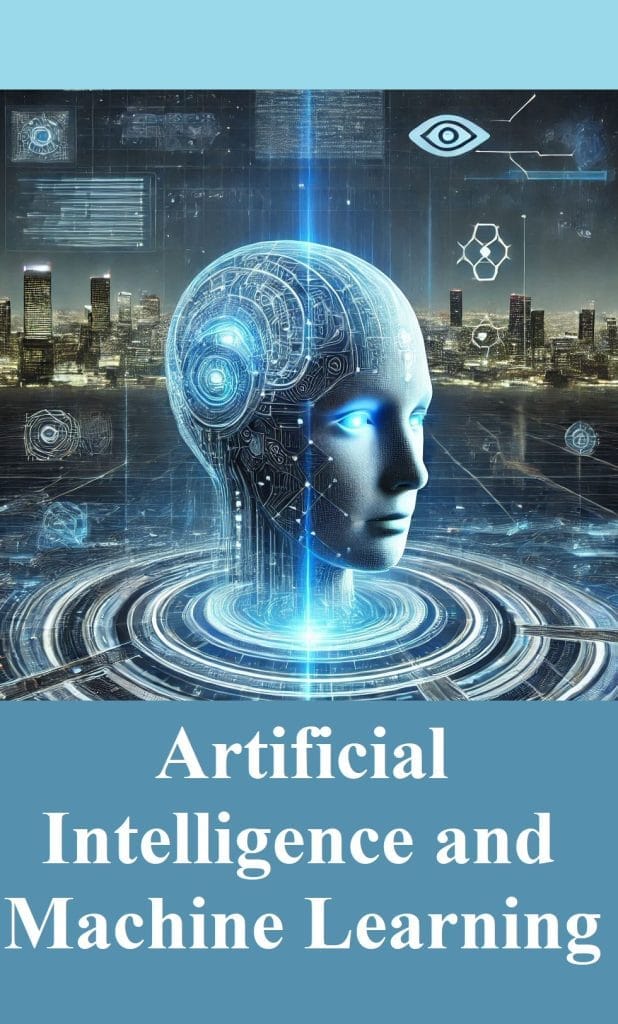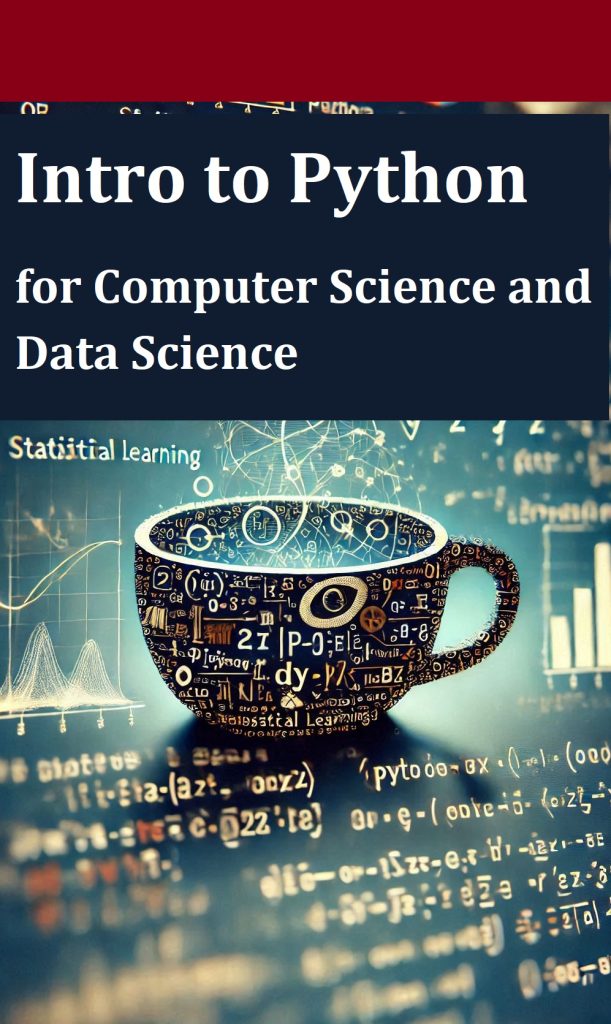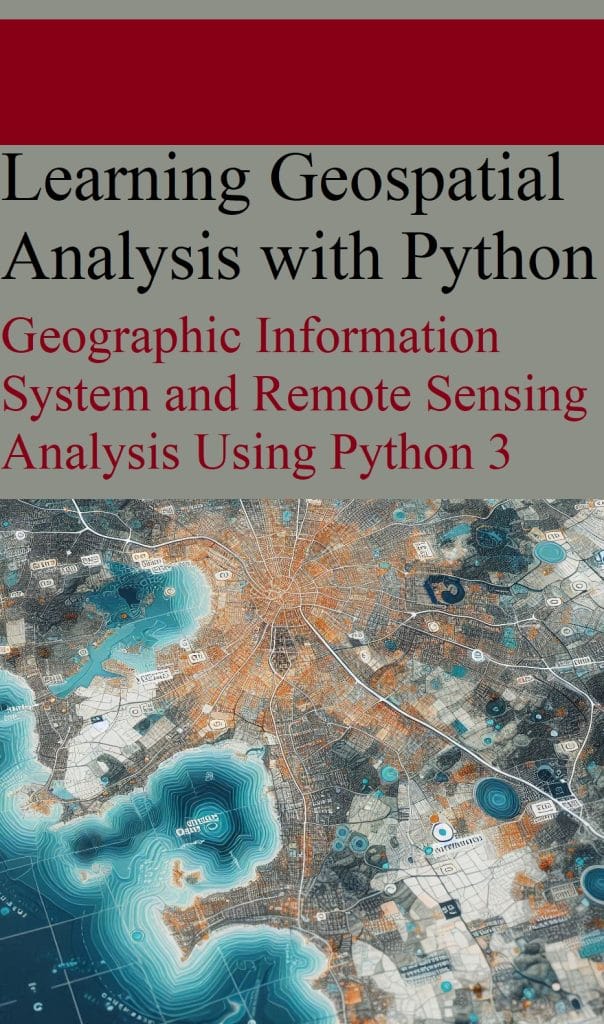Rewrite this article:
Advanced Machine Learning Techniques with Python
Once you've mastered the basics, it's time to explore more advanced techniques. Here are some key areas to focus on:
- Deep Learning with TensorFlow and Keras:Deep learning is a subset of machine learning that focuses on multi-layered neural networks (hence the term “deep”). These networks are particularly effective for tasks such as image and speech recognition. TensorFlow and Keras are Python libraries that make building and training deep learning models more accessible.
- Natural Language Processing with Python (NLP):NLP is a field of machine learning that aims to enable machines to understand and interpret human language. Python's NLTK, SpaCy, and Hugging Face's Transformers library are powerful tools for performing tasks such as text classification, sentiment analysis, and language translation.
- Reinforcement Learning Example in Python:Unlike supervised learning, where the model learns from labeled data, reinforcement learning involves training models to make decisions by rewarding them for correct actions and penalizing them for incorrect actions. Python's Gym library provides environments for developing and testing reinforcement learning algorithms, making it easy to create AI that can interact with dynamic environments, such as games or robotic systems.
Best Practices for Machine Learning Engineering
To excel in machine learning engineering with Python, it is essential to follow best practices:
- Version Control with Git: Use Git for version control to manage changes to your codebase and collaborate with others. It allows you to track changes, revert to previous states, and maintain a clean and organized project structure.
- Documentation:Good documentation is essential to ensure that your code is understandable and maintainable. Tools like Sphinx or Jupyter Notebooks allow you to create well-documented code that explains the reasoning behind your algorithms, preprocessing steps, and model choices.
- Model validation:After training your model, it is essential to validate its performance using techniques such as cross-validation, confusion matrices, and ROC curves. Python's Scikit-learn library provides utilities to perform these validations, ensuring the reliability of your model's predictions.
- Ethical AI and Bias Mitigation:Machine learning models can inadvertently perpetuate biases present in training data. It is important to implement fairness checks and bias mitigation strategies to ensure your models make ethical and unbiased decisions.
- Continuous learning:The field of machine learning is evolving rapidly. It is essential to stay up to date with the latest advances in algorithms, tools, and practices. Following research papers, attending conferences, and participating in online communities are great ways to keep your skills up to date.
Deploying machine learning models
Once you’ve developed and validated your model, the next step is deployment. Deploying machine learning models involves integrating them into applications where they can provide real-time predictions. Python’s Flask or Django can be used to create APIs that serve your models, allowing them to be used in web applications or other services. Additionally, tools like Docker can help you containerize your applications, making deployment more efficient and scalable.
Conclusion: The Path to Mastery
Mastering machine learning with Python is an ongoing journey. As you progress from basic concepts to advanced techniques, you’ll discover that Python’s flexibility and power make it a valuable tool in your arsenal. Whether you’re working on personal projects, contributing to open source, or solving complex problems in an enterprise environment, the skills you develop will open up endless possibilities.
By focusing on the technical and theoretical aspects of machine learning, and keeping ethics and best practices in mind, you can become a competent machine learning engineer. The journey can be challenging, but with persistence and dedication, mastering machine learning engineering with Python will position you at the forefront of this transformative technology.
Source link







